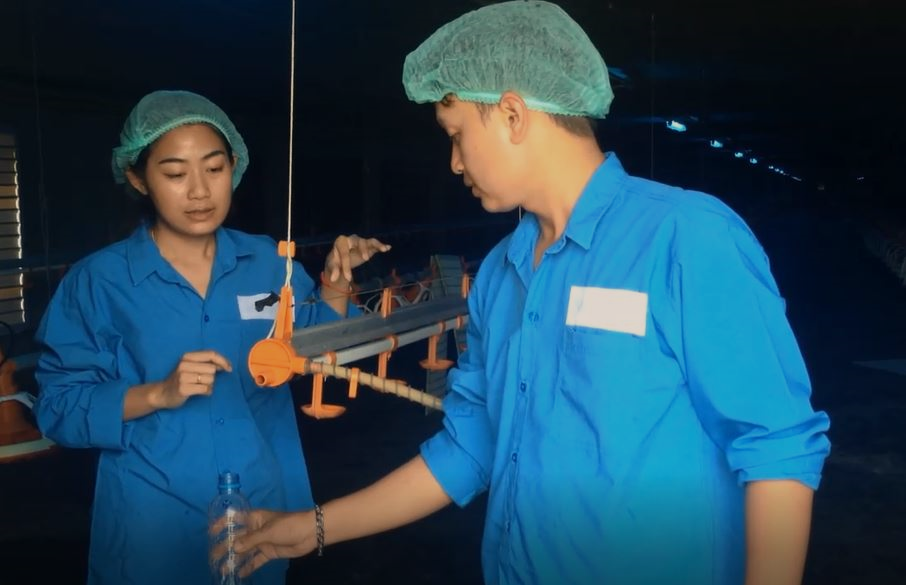There are two sides to a summer like 2018. Beautiful weather every day is quite pleasant, but we would not wish it to be so dry for our customers. Looking back at the last few years, we have seen a lot of good weather for growth, but also more and more ‘sweltering’ weather. When the ambient temperature rises above 20˚C, the ration tends to warm up in about 6-12 hours. This may be faster in the coming summer for 2 reasons. On the one hand, 2018 has produced more scalding sensitive silage, and on the other, grazing is becoming more common, which does not help the feeding rate of a silage in the summer.

Warming up of the silage
When the feed warms up to 3-5˚C, microbial activity is present. Measure it once, immediately after feeding and 8 hours later. Due to the higher temperature, DS absorption goes down and microbial activity causes loss of sugars. This entails risks, due to the possible production of mycotoxins, especially with once-a-day feeding. Administration of Nutripreserve prevents warming up due to microbial activity. Our Nutripreserve Basic and Nutripreserve Amy are based on Formic acid and Propionic acid. Formic acid mainly prevents rapid heating of the ration by inhibiting the growth of yeasts and bacteria. Propionic acid inhibits fungal growth.
Complete the picture

The photo shows our Nutripreserve Sprayer with which the dosing of the heating inhibitor Nutripreserve Basic or Nutripreserve Amy, can be operated from the cabin.
Application and dosage:
Nutripreserve Basic, normal dairy cattle ration: 1.5-2 L per 1000 kg
Nutripreserve Amy, ration with a lot of by-products: 1,5-2 L per 1000 kg
Nutripreserve GS 10%, cutting surface treatment: 1-2 L per m²



